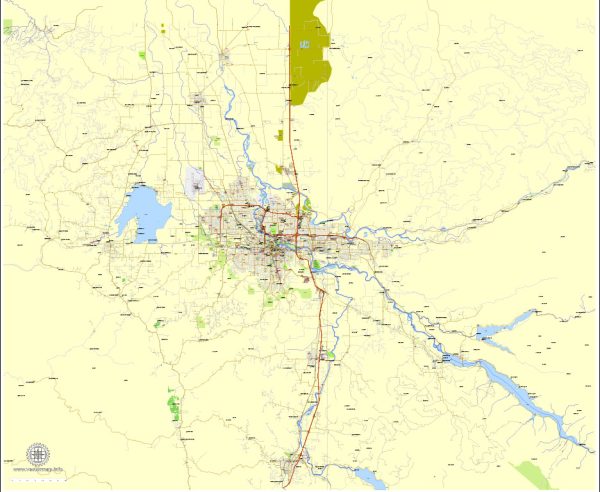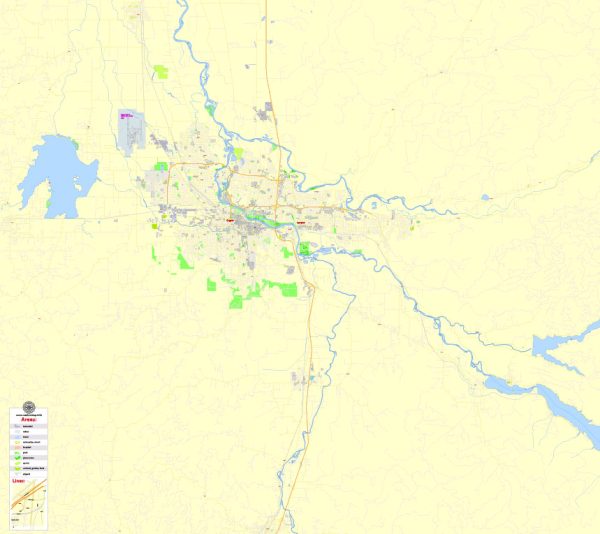Eugene and Springfield are neighboring cities located in the southern part of the Willamette Valley in Oregon, United States. Both cities have a rich history of urban development that reflects the broader trends of the region and the country. Here’s a brief overview of their history:
Early Settlement and Growth:
- The area was originally inhabited by the Kalapuya people before European settlers arrived in the mid-19th century.
- Eugene Skinner, for whom the city of Eugene is named, established a homestead in 1846, and this area later became the nucleus of Eugene.
- The cities developed along the Willamette River, which played a crucial role in transportation and trade.
Timber and Agriculture:
- In the late 19th and early 20th centuries, the timber industry played a significant role in the local economy. The abundance of timber in the surrounding forests contributed to the growth of sawmills and logging operations.
- Agriculture also played a crucial role, with fertile soil in the Willamette Valley supporting farming activities.
University of Oregon:
- The University of Oregon, founded in 1876, has been a major factor in the development of Eugene. The university has contributed to the cultural and economic vibrancy of the city.
- The university’s growth has led to increased population and the development of businesses catering to students and faculty.
Transportation:
- The arrival of the railroad in the late 19th century facilitated the transport of goods and people, further boosting economic development.
- In the mid-20th century, the construction of highways and the Interstate system improved regional connectivity.
Urban Renewal:
- Like many American cities, Eugene and Springfield experienced urban renewal efforts in the mid-20th century. These initiatives aimed to revitalize downtown areas but often led to the demolition of historic structures.
- The cities have since worked to balance development with preservation, aiming to maintain a sense of history while adapting to modern needs.
Economic Diversification:
- Over time, both Eugene and Springfield have diversified their economies. While agriculture and timber remain important, the cities have seen growth in technology, healthcare, and education sectors.
Environmental Focus:
- Eugene has a reputation for its commitment to environmental sustainability. The community has embraced green practices, promoting biking, walking, and public transportation.
Modern Development:
- Today, Eugene and Springfield continue to grow and evolve. Efforts are made to balance development with environmental conservation and community well-being.
- The cities host various cultural events, parks, and outdoor activities, contributing to a high quality of life for residents and attracting visitors.
The history of Eugene and Springfield reflects the broader trends of urban development, from the early days of settlement to the challenges and opportunities of the present day. The region’s commitment to sustainability and quality of life has shaped its development trajectory.



 Author: Kirill Shrayber, Ph.D.
Author: Kirill Shrayber, Ph.D.